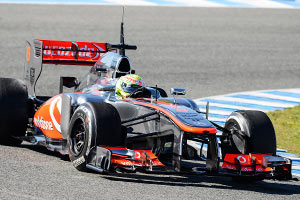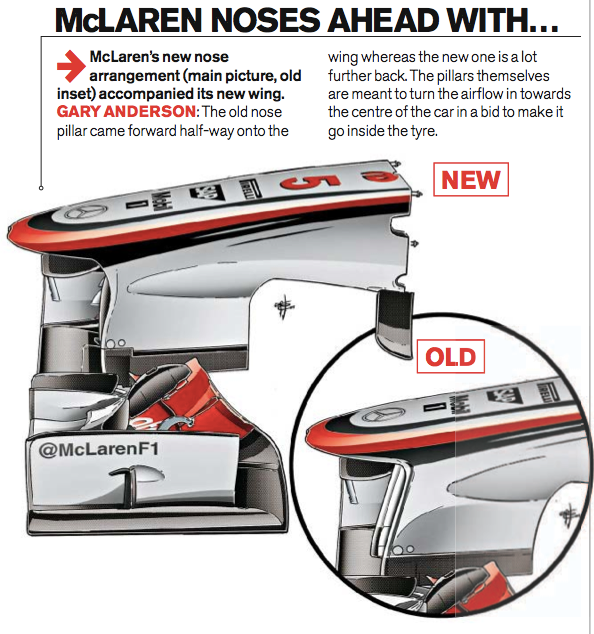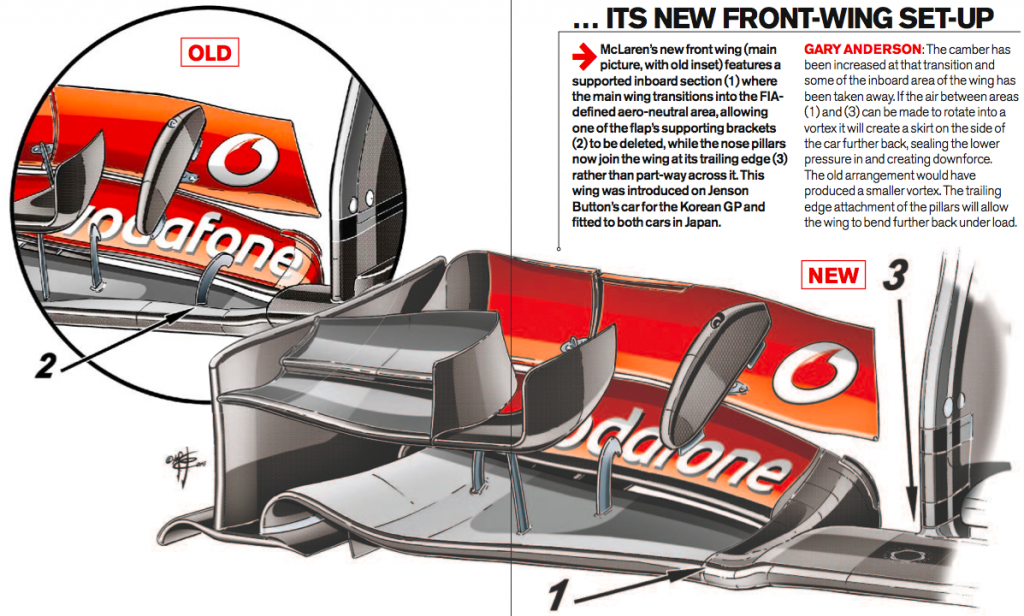Crucial_Xtreme wrote:He's simply wrong.
...
He has it stuck in his mind that teams are only trying to blow brake ducts as you can see in 2nd image.
Which reminds me of myself when I was starting couple of years ago trying to decode what the teams were doing - I had certain ideas stuck into my mind, and they were the base for all other thoughts. Hence, I was wrong from the very beginning. The good thing is that I haven't had the lavish opportunity to send my erroneous mindset to the world.
Back on Gary Andrerson's thoughts, again, my full respect to a former technical director of a Formula 1 team. I'd love to talk to him in person, but to be fair, the BBC guys are superstars, and I'm not even going to try.
On this particular occasion, I'd set my ramblings on the commonly accepted theory (proven in thousands of races) that the teams are trying to seal the trailing edge of the diffuser, hence creating a low pressure zone, further supplemented by the accelerated flow underneath. Aero books are also saying (as well as certain top F1 team designer) that we also need to take into account the lateral channels counter-rotating vortices, whose strength and management can give you nice peak performance.
Essentially, the exhaust gases going on the sides of the diffuser have two outcomes:
- to strengthen the side-edge vortices inside the diffuser
- to act as air curtains, preventing the ingress of turbulent air created by the rotating rear wheels.
The brake ducts idea would be a massively sensitive matter and a source for tire overheat.
Back on Mclaren, as already pointed out, small changes in the front wing configuration, and I think there's one less stiffener.






